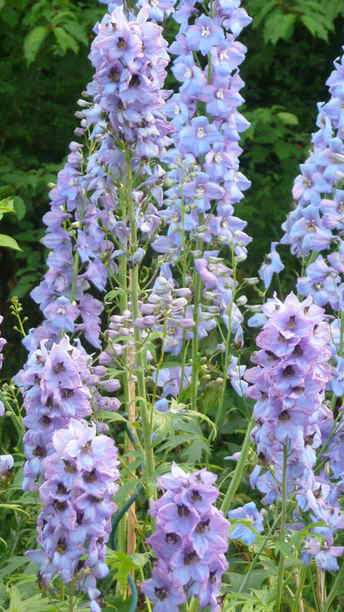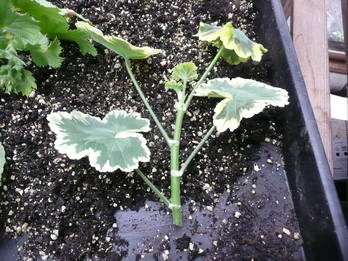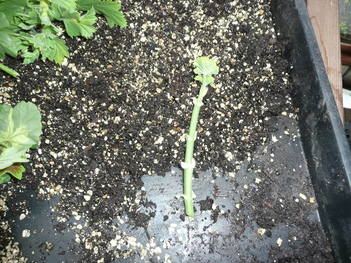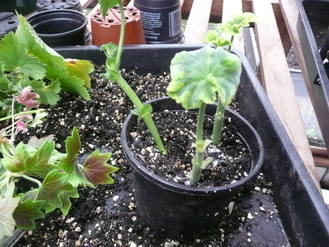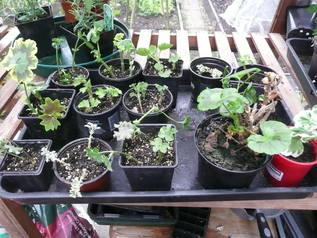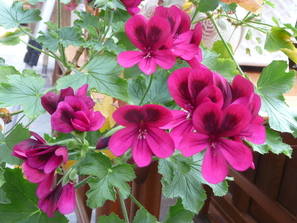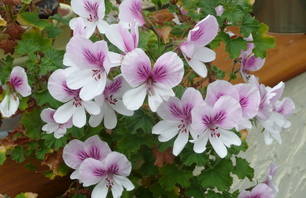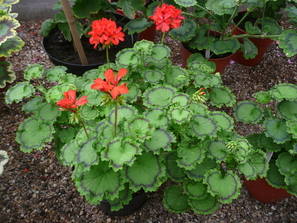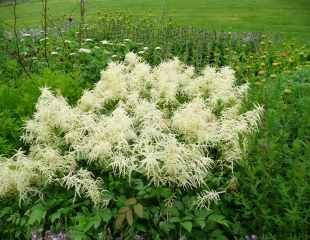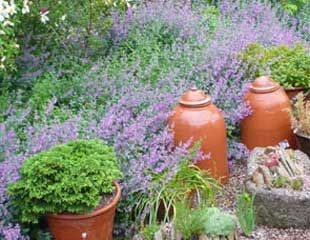Cheap Plants
Posted on
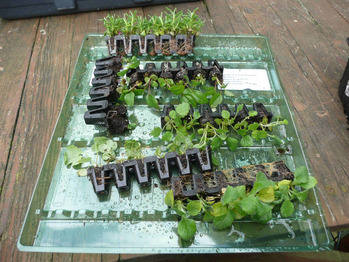 |
Cheap plants are always attractive and this purchase on the left, was one of those offers of mystery perennials at a bargain price. The plants are, as expected tiny, the plan is to grow them on to be ready for the garden next year to fill in some of the gaps. In between the weather extremes of torrential rain and sub zero temperatures, something is bound to keel over during the winter. Growing from seed is one option as is growing on from small plug plants such as these. Potting on is important, this seed tray looks full but tap it down and the soil level will drop. It is very important when potting on plants that there are no air pockets in the soil which is why you tap it down. If a tender root reaches an air pocket, it cannot grow into an empty space and, especially on very young plants such as these, that could be fatal. I try to remember to label plants because although I think I will always know what they are, some months later it doesn't always work out. These are Lavender Hidcote, Geum, Penstemon tubular bells, and Delphinium pacific giants, which as the name suggests are huge growing very tall. Each little plant needs to be potted up separately, and firm in gently even though the plants are so tiny. Water with a spray very thoroughly and leave in sheltered spot away from sun and slugs. Remember the slugs will see these plants as a delicious treat and for advice on how to beat the slugs follow this link. This summer, with the massive increase in rainfall, the slug war has been relentless and inevitably there are some areas of the garden where the slugs have won. The delphiniums are magnificent, but the bedding chewed. The respite in the weather this weekend has allowed time to prune the Wisteria, a bit of a faff up the ladders but if you want Wisteria to flower it is essential to prune twice a year. For advise on how to grow Wisteria and for more seasonal jobs for the garden in July This full tray of plants doesn't look much now, but we can revisit it later in the year and spring next year and work out whether cheap plants really are a bargain or a waste of good gardening time. |
 |
|
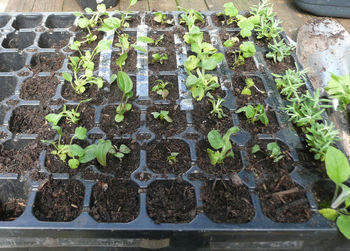 |

